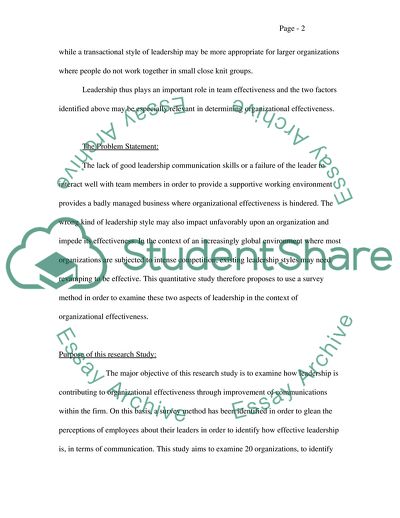Cite this document
(How Leadership Is Contributing to Organizational Effectiveness Through Research Proposal, n.d.)
How Leadership Is Contributing to Organizational Effectiveness Through Research Proposal. https://studentshare.org/human-resources/1709813-research-study-plan
How Leadership Is Contributing to Organizational Effectiveness Through Research Proposal. https://studentshare.org/human-resources/1709813-research-study-plan
(How Leadership Is Contributing to Organizational Effectiveness Through Research Proposal)
How Leadership Is Contributing to Organizational Effectiveness Through Research Proposal. https://studentshare.org/human-resources/1709813-research-study-plan.
How Leadership Is Contributing to Organizational Effectiveness Through Research Proposal. https://studentshare.org/human-resources/1709813-research-study-plan.
“How Leadership Is Contributing to Organizational Effectiveness Through Research Proposal”. https://studentshare.org/human-resources/1709813-research-study-plan.


